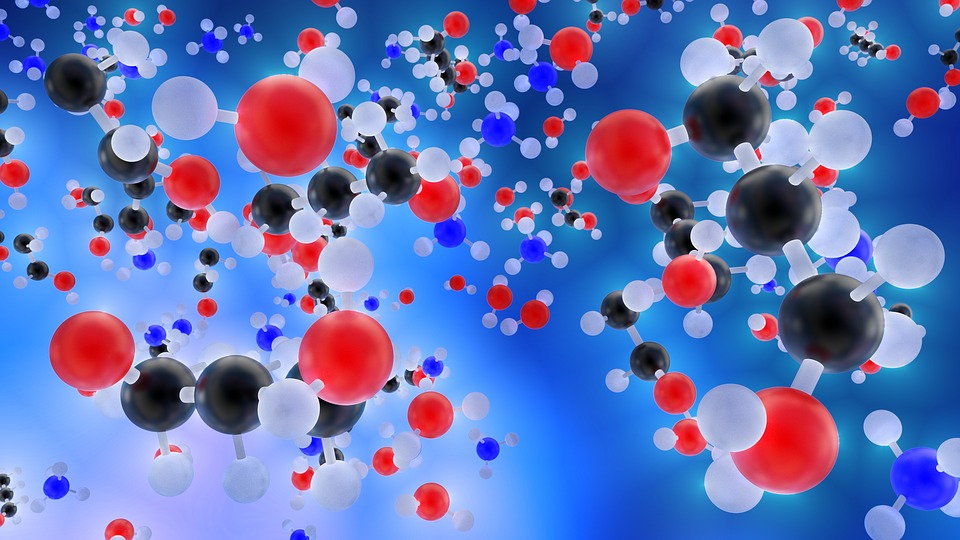
Laboratoire de Biochimie Théorique
Présentation
The Laboratory of Theoretical Biochemistry (LBT) is one of five laboratories within Institut de Biologie Physico-Chimique (IBPC) in Paris.
LBT belongs to the French national research agency CNRS through its Institute of Chemistry, and is associated with Paris Diderot University. The laboratory was created at IBPC in 1958 as Laboratoire de Biochimie Théorique. Our field is theoretical and computational biochemistry, at the interface between biology, chemistry, physics, and computing.
Our strategic objectives are twofold: invent simulation algorithms to reproduce and predict physical properties of biomolecules either in vitro or in the cell, and understand the molecular or conformational factors responsible for the biological functions of living systems, and diseases. The equilibrium between these two aspects is the key point of the laboratory policy.
LBT is organized as a team of independent researchers with complementary interests and domains of expertise, both in method development and in biophysical, biochemical, and biomedical applications. Advances in each of these domains emerge from the association of different sets of researchers around individual projects.
Thèmes de recherche
Les axes de recherches du LBT se concentrent sur les développements méthodologiques et algorithmiques pour l’étude de la structure, la dynamique, la mécanique et les interactions des macromolécules biologiques.
Les objectifs sont donc d'utiliser les ordinateurs pour ouvrir des fenêtres vers le monde moléculaire, en aidant à comprendre les facteurs qui sous-tendent des faits expérimentaux, et en prédisant les propriétés et le comportement des molécules biologiques.
Equipes de recherche
Directeur : Marc Baaden
Autres contacts
Institut de Biologie Physico-Chimique (IBPC)
13, rue Pierre et Marie Curie
75252 PARIS CEDEX 05
